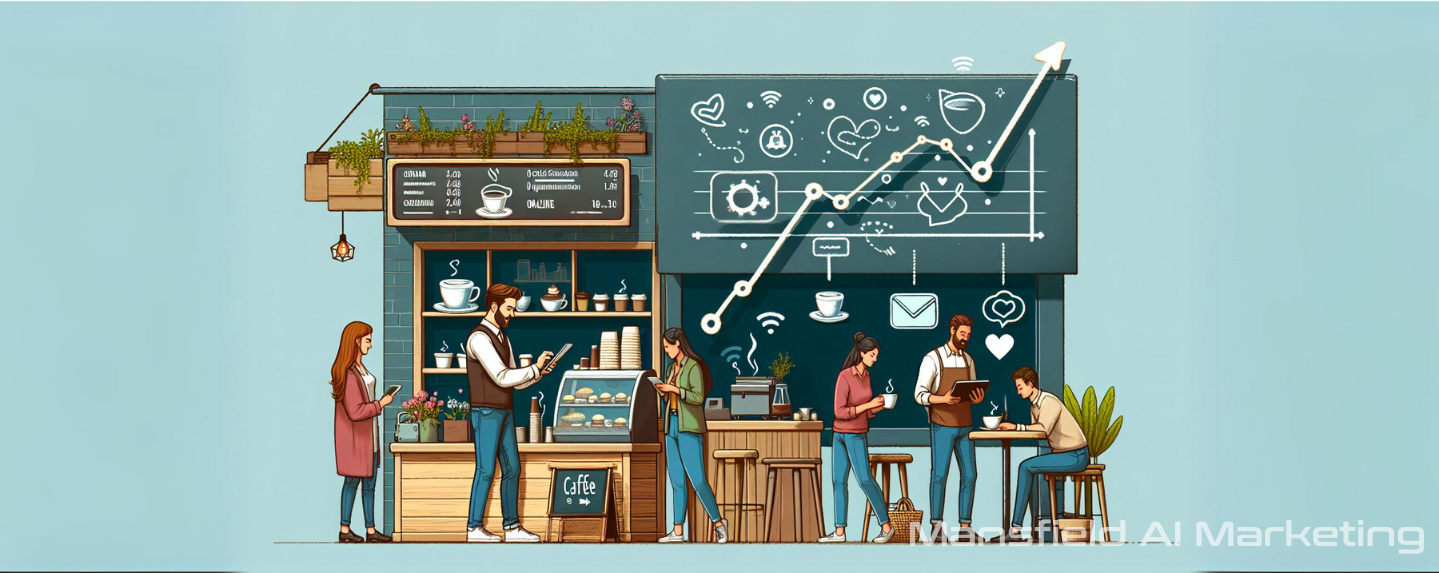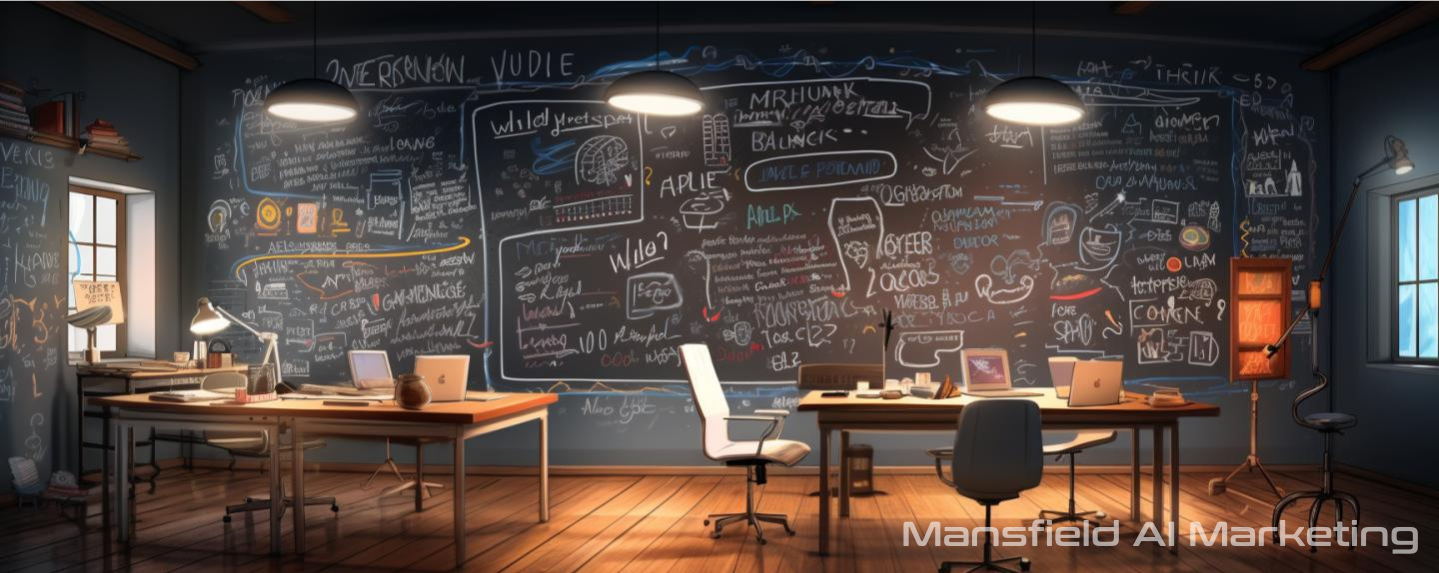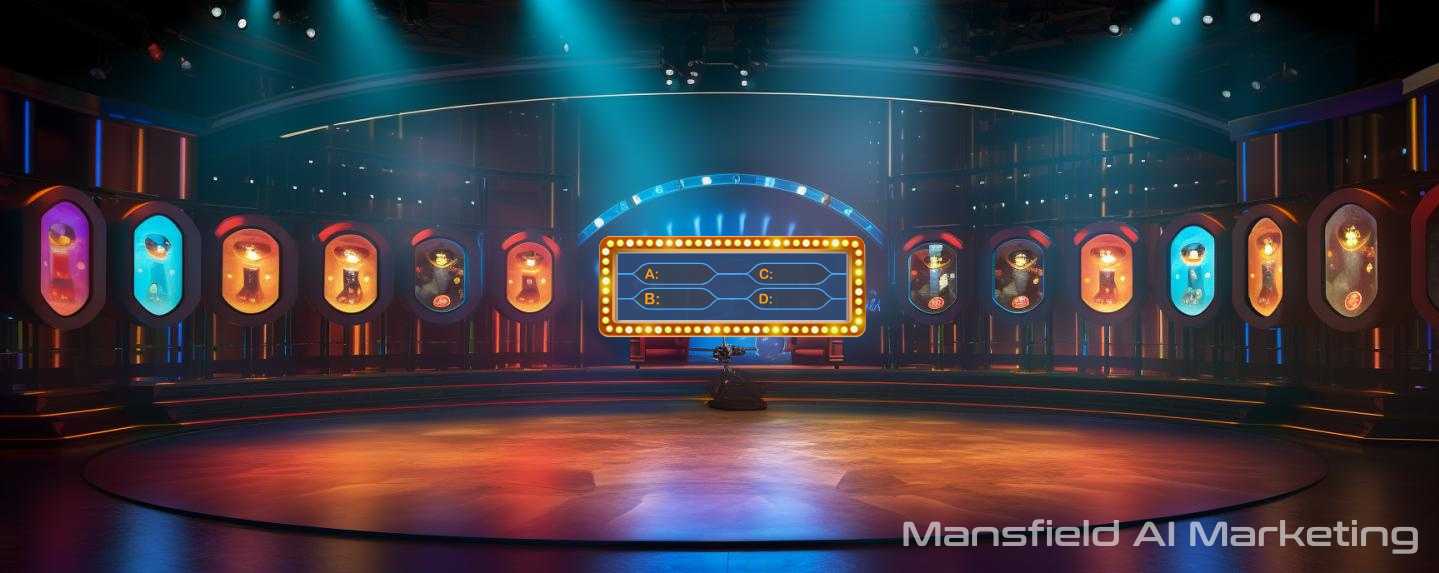Communication Channels: An Essential Guide

Whether you are launching a new product, growing an existing business, or communicating with customers, mastering communication channels is essential for success. From email to text messaging to social media marketing—each channel has its own pros and cons and should be used in conjunction with one another for maximum reach. That's why we've put together this ultimate guide to understanding the importance of different communication channels and how they work together seamlessly. In this blog post, we'll cover what each type of communications channel offers businesses so you can craft the perfect strategy for your organization. Get ready to skyrocket your digital visibility!
Communication channels
Effective communication is an essential part of any successful business. It is the medium through which employees collaborate, clients interact, and stakeholders are informed. Understanding the different channels of communication is crucial in fostering strong relationships and achieving the desired results. Channels can be verbal or nonverbal, direct or indirect, formal or informal. Examples of communication channels include face-to-face conversations, emails, phone calls, memos, and social media platforms. The choice of channel should be based on the message, audience, and goal. For instance, a formal email may be appropriate for addressing a sensitive issue, while a casual conversation may work better for brainstorming ideas. Communication channels are vital because they determine the effectiveness and efficiency of the communication process. Knowing how to use them correctly can help you convey information clearly, build trust, and avoid misunderstandings.
Different types of communication channels
In today's digital age, communication has taken on various forms and channels. Email, text messages, and video calls are just a few examples of how we connect with one another. Each channel offers its unique set of advantages and disadvantages, making it crucial to choose the appropriate one for every situation. For instance, email allows you to send lengthy, formal messages and attach files, while text messages are a more informal and immediate means of getting someone's attention. Video calls, on the other hand, provide a much more personal touch and allow for non-verbal cues such as facial expressions and body language. Understanding each channel's advantages and limitations can significantly enhance our communication skills. As we navigate through different settings, it's essential to always remember the proper way to communicate with others for successful communication.
Pros and cons
When it comes to choosing the right channel for different situations, there are both pros and cons to consider. Email might be a great option for sending detailed information or documents, but it can also easily get lost in a cluttered inbox. Face-to-face meetings allow for direct communication and a chance to build rapport, but can be difficult to coordinate with busy schedules. Phone calls offer a personal touch and the ability to ask and answer questions in real-time, but can also be disruptive and time-consuming. Text messages and instant messaging are quick and convenient, but can lack the context and professionalism of other channels. It's important to weigh these factors and choose the channel that best suits the situation at hand.
Tips to make sure all your messages get through
In today's digital age, communication has never been easier. However, the ease of communication doesn't necessarily mean that all your messages will be received loud and clear. With all the distractions and clutter in our inboxes, it's easy for some important messages to slip through the cracks. To ensure that your messages get through, there are several things you can do. Firstly, make sure to use a subject line that's clear and specific. This will prevent your message from getting lost in a sea of other emails. Secondly, use a tone that's friendly yet professional, as it makes your message more approachable. Lastly, include all relevant details and a clear call to action. These small touches can go a long way in ensuring that your message is read and acted upon, so try them out to see the results for yourself.
When it comes to effective communication, the choice of channel can make or break the effectiveness of the message. The importance of using appropriate communication channels cannot be overstated. For instance, using formal written communication is more appropriate for a job interview or business presentation. Casual conversations, on the other hand, can be done via phone call or text message. The choice of channel can affect how the message is perceived and received. In today's world where communication channels are abundant, it is crucial to choose the right channel for the right situation. This not only ensures that the message is effectively conveyed, but it also helps avoid any misunderstandings or misinterpretations. So, always think twice before hitting the "send" button and consider the best and most appropriate channel for your message. Understanding the nuances between various communication channels will make a world of difference when it comes to successful workplace communication.











